Heirloom is a hot word in the gardening world. But what exactly is an heirloom fruit or vegetable? And why is Pennsylvania such a prime spot for these idiosyncratic plants?
Heirlooms are varieties of edible plants that originated before the era of mass agriculture. Some folks will say that they must be at least 50 years old, but the more important factor is having provenance before the era of commercial hybrids.
Most varieties you encounter in the modern grocery store are hybrids, bred for durability, ease of shipping, disease resistance, and aesthetics. Taste falls surprisingly low on the priority list. Who hasn’t experienced the deep disappointment of biting into a perfect red strawberry that is borderline tasteless? Sure, you might have bought that box of berries in the dead of winter — we live in a wonderland of out-of-season produce — but something ineffable is often lost along the way.
In order to retain their status, heirloom plants are also open-pollinated. That means their reproduction is aided by insects, birds, or wind, not human intervention. This can mean lower yields and more uncertainty, but it’s the way humans grew food for thousands of years.
Pennsylvania, in particular, has an incredible agricultural legacy that extends from indigenous tribes, through William Penn and his colonial gardens, through centuries of immigration, up to a contemporary emphasis on sustainable farming. Looking at some of the Commonwealth’s most noteworthy heirloom offerings is like reading a history of the state. The varieties being stewarded by Pennsylvania’s modern-day small farmers and gardeners come from across the globe, just as Pennsylvanians do, and many different eras. Let’s spotlight — and shop! — 10 grown-in-PA heirlooms.
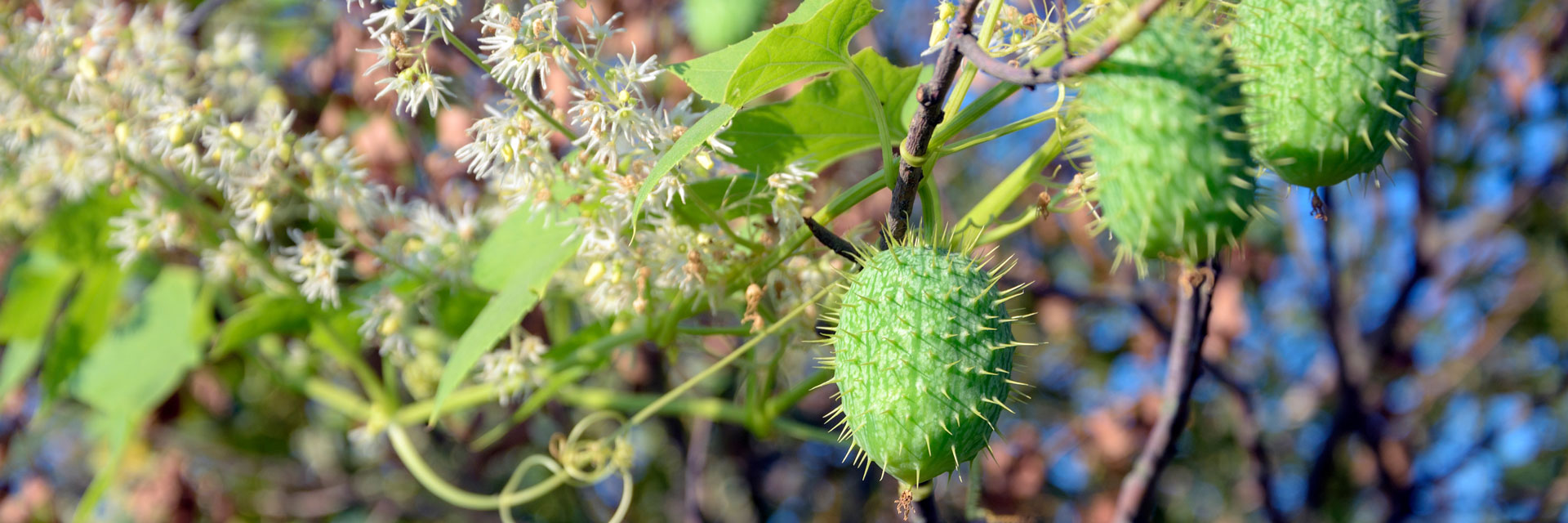
Burr Gherkin
Happy Cat Farm is a seed company based in Kennett Square. Owner Tim Mountz apprenticed with William Woys Weaver, a name synonymous with heirloom seeds in Pennsylvania. His grandfather, H. Ralph Weaver, founded the Roughwood Seed Collection in 1932, the largest collection of native American seeds in the United States. Happy Cat specializes in tomatoes, but they offer other quirky varieties such as the Burr Gherkin. Mountz quotes Weaver on Happy Cat’s website, “Many Victorian botanists thought the plant came from Jamaica, but as it turned out, burr gherkins originated in West Africa and they were brought to the New World during the 1500s by both the Spanish and Portuguese, a seed exchange encouraged in part by the trans-Atlantic slave trade.” As Mountz describes, the fruits are picked small to pickle but the large ones, that “look like they could hurt you” boast a mild cucumber flavor. Order yours today.
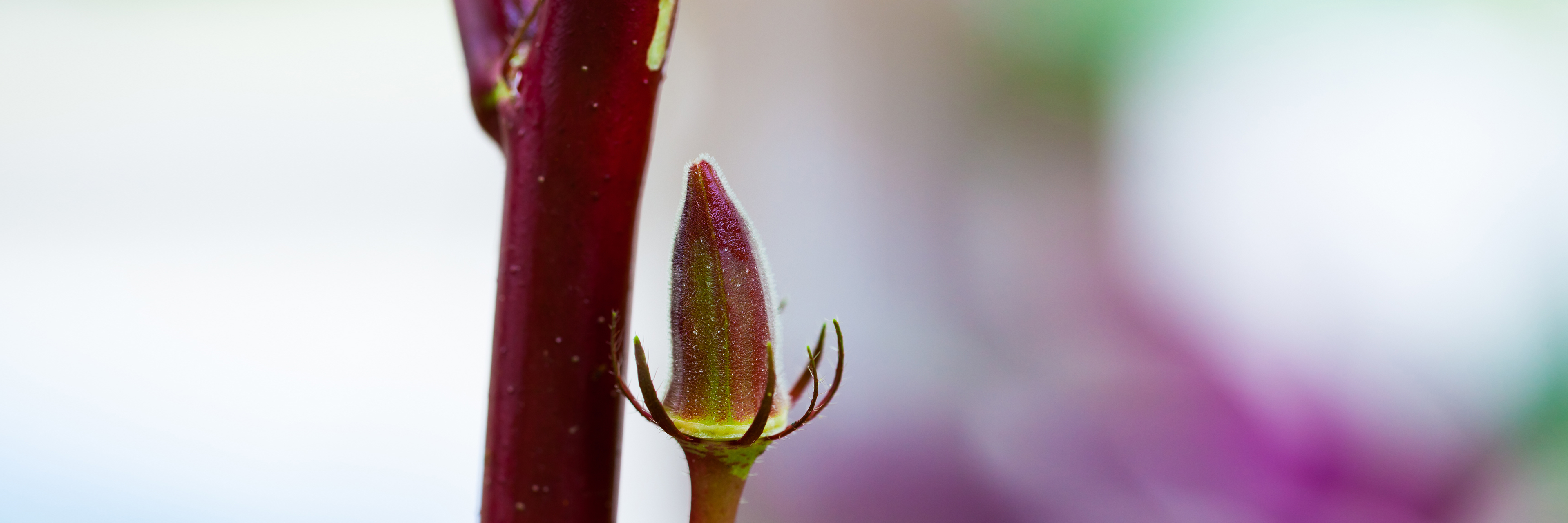
Burgundy Okra
Okra is another plant that came from Africa as a result of the slave trade. Seared or fried okra is a crispy, delicious treat. Gardeners looking to add some visual interest to their plots take note: This particular heirloom boasts a stunning purple color and would almost qualify as an ornamental. Sold by Burpee Seeds, a Pennsylvania company that specializes in mail order seeds and plants, these pods are best harvested and eaten when young and tender, or about three inches long. End your okra shortage today.
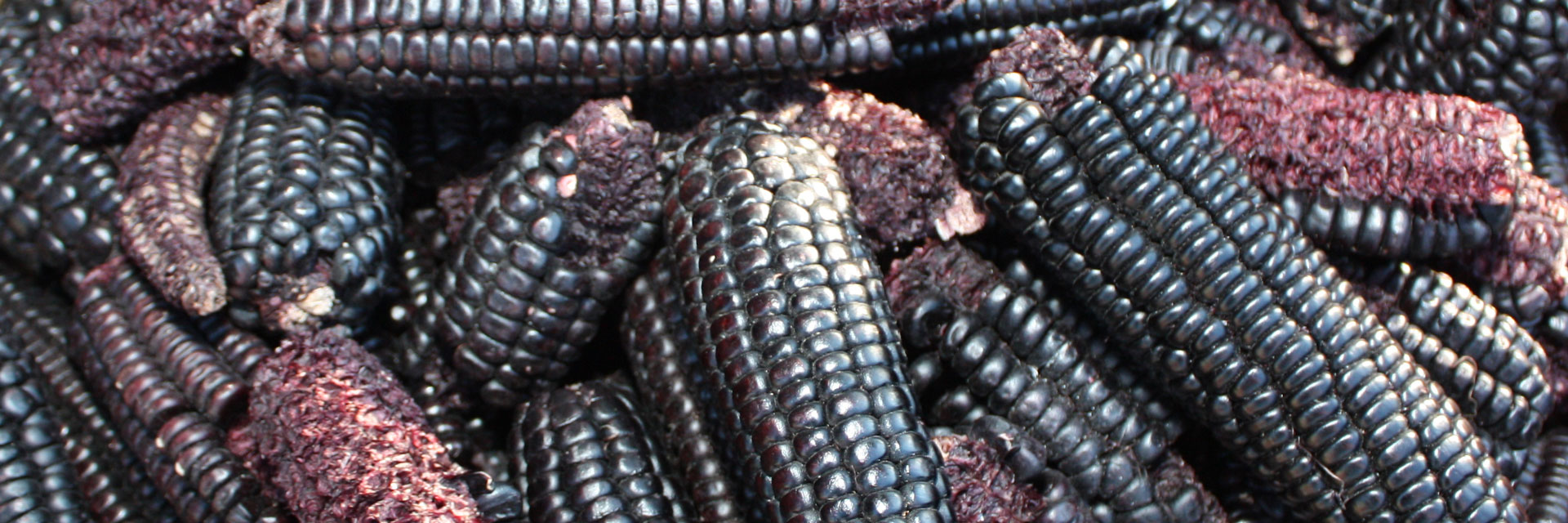
Sehsapsing Flint Corn
Also known as Lenape Blue Corn or Oklahoma Delaware Black Flint, this heirloom was prized by the Lenape people, whose original homeland included Eastern Pennsylvania. These seeds are from TrueLove Seeds, a farm-based seed company with a mission to preserve and propagate culturally important and open-pollinated vegetable, herb, and flower seeds. Their network of more than 50 small-scale urban and rural farmers grows a diverse raft of heirlooms; their collections include the African Diaspora, Italy, historic Philadelphia, Roughwood Seeds, and Slow Food USA’s Ark of Taste program. For those of Lenape descent, TrueLove offers to rematriate these seeds for free. Secure some Lenape Blue Corn today.
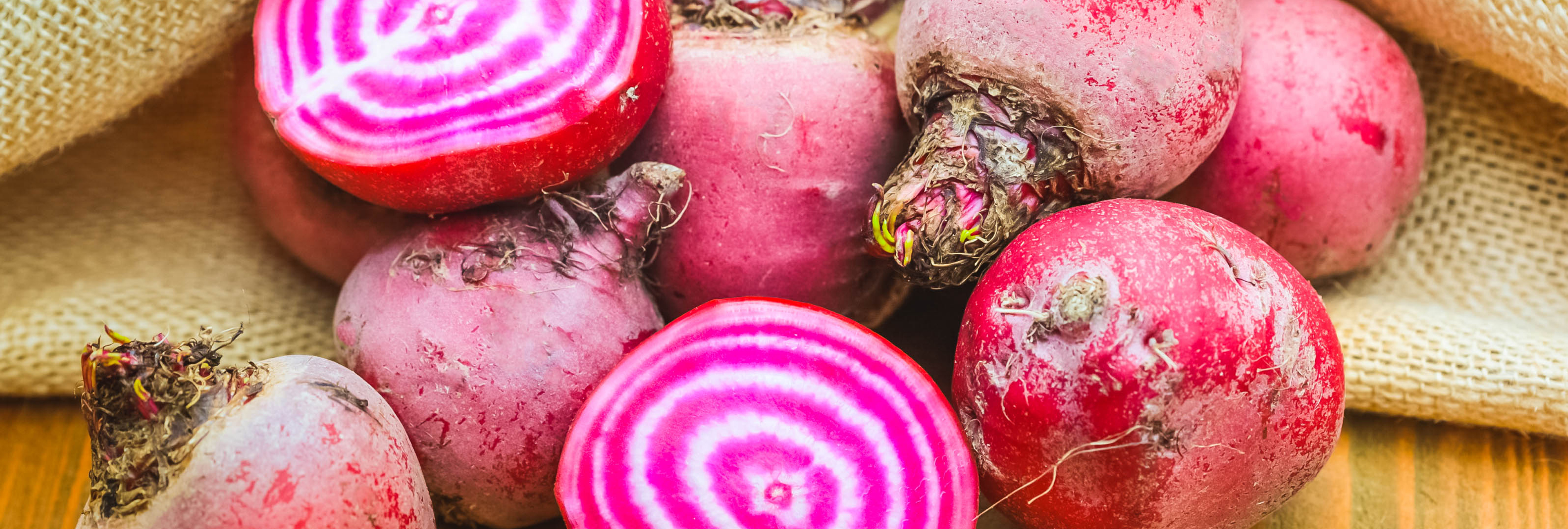
Deacon Dan Beet
Mennonite and other Plain communities, like the Amish, have had an incredible impact on the state’s agriculture since arriving from Europe. This is one reason so many of the state’s heirloom seed companies are concentrated in the southeastern part of the state. This large, long beet came from the gardens of Deacon Daniel Burkholder (1833-1915), a Mennonite deacon from northeastern Lancaster County. Slice open this beautiful root and you’re in for a surprise: The interior boasts a distinct candy-cane pattern. This variety is available via the Landis Valley Museum Heirloom Seed Project, a program founded 35 years ago that aims to preserve and grow heirlooms with historical significance for Pennsylvania Germans. Beat the rush to beets.
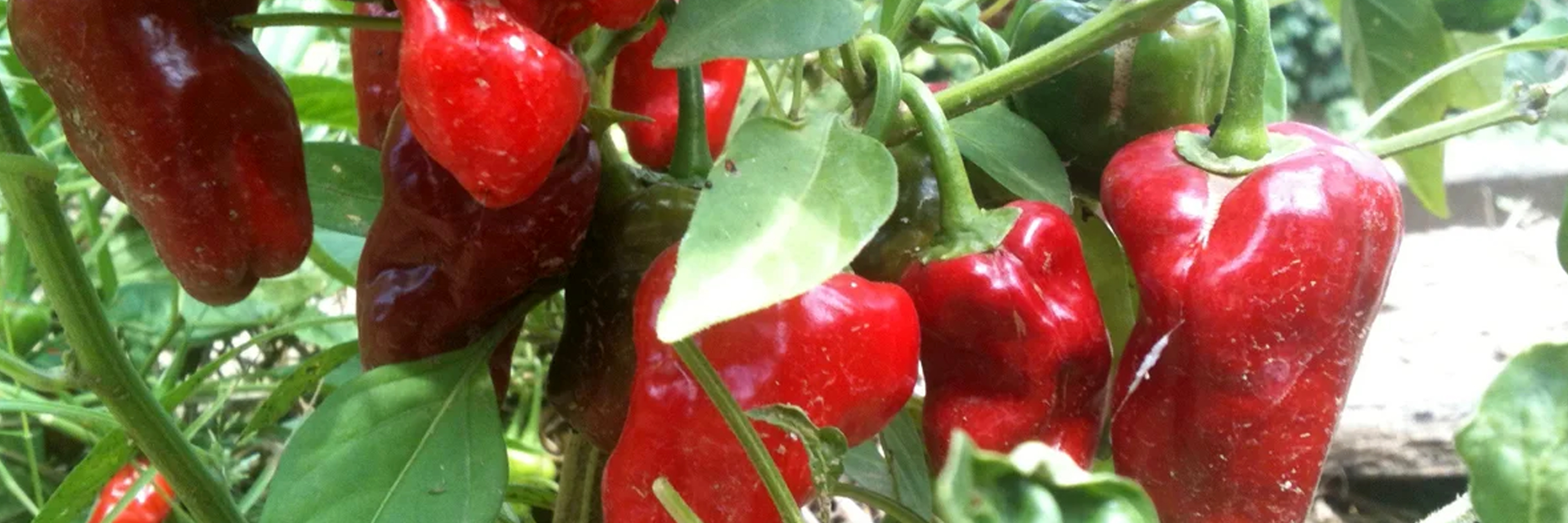
Hinkelhatz Pepper
Of course, the “Pennsylvania Dutch” aren’t Dutch at all — they were immigrants from Germany who fled religious persecution in the 18th and 19th centuries. “Dutch” is a actually mistranslation of “Deutsch.” This large migration brought with it many food traditions, including pickling, lacto-fermentation (think sauerkraut), pretzels, and sausage-making. Thanks to its size, shape, and color, this pepper gets its name from the PA Dutch word for “chicken heart.” In honor of its heritage, use this spicy specimen to pump up your pickled dilly beans or chow chow. Seeds are available from the Landis Valley Museum Heirloom Seed Project. Pepper your garden with peppers.
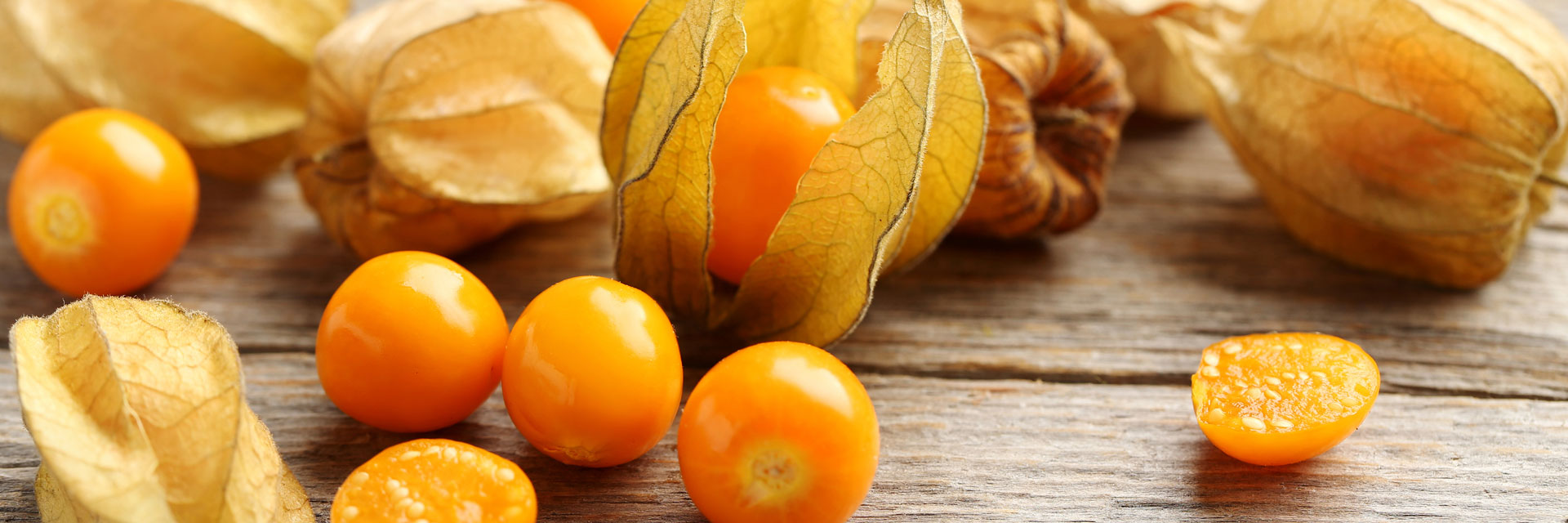
Aunt Molly's Ground Cherry
Ground cherries first appeared in Pennsylvania horticultural literature in 1837. Also known as husk tomatoes due to their papery sleeve, the yellow orbs are actually related to tomatillos. They are tart and sweet, and frankly pretty adorable. The Pennsylvania Dutch used them in sauces, pies, and jams. Put these out with your next cheese plate to puzzle and delight your guests. Harvested berries stored in their husks can last up to three months. According to the blog Pennsylvania Dutch At-Home Companion, the PA Dutch would pull entire plants up by the roots and hang them in their homes as a winter food source. Sounds like the next big decorating trend. Aunt Molly's Ground Cherry was singled out by the Slow Food organization as an outstandingly tasty, culturally important, and endangered heirloom from Pennsylvania; available from True Love Seeds Farm.
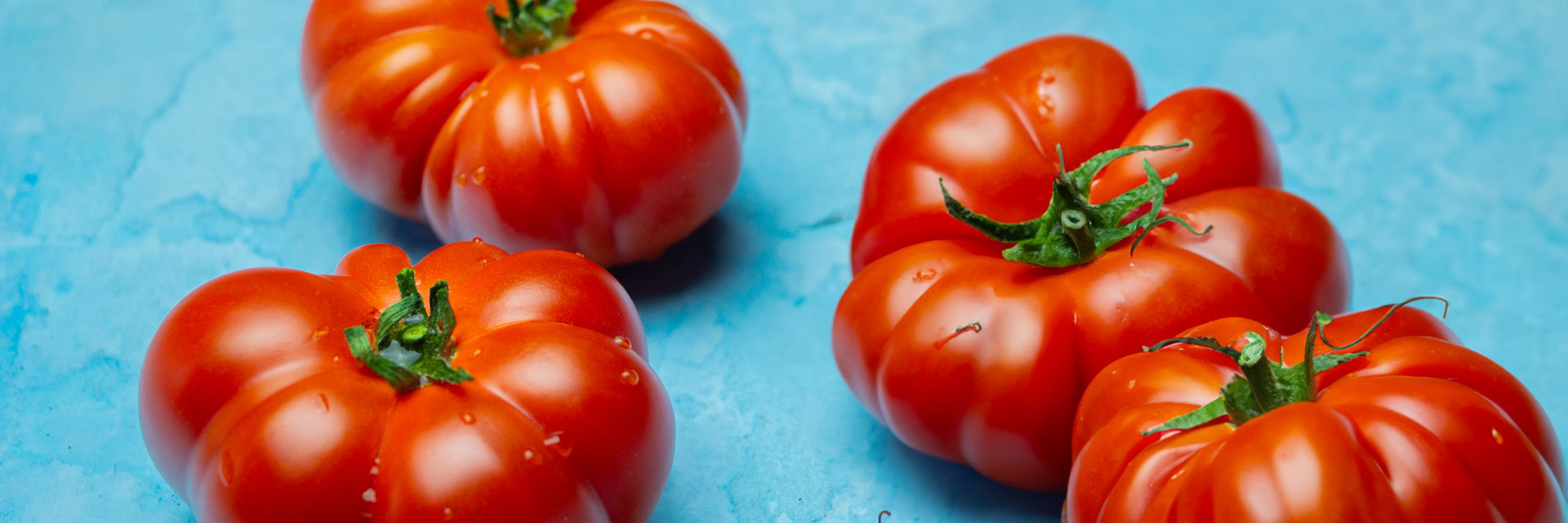
Brandywine Tomato
The moniker of this iconic Pennsylvania heirloom, which dates back to the late 19th century, was supposedly inspired by the creek that ran near its namer’s home. Like many heirloom varieties, its provenance is a bit muddy, but the handle stuck. Sweet, juicy, and massive, these beefsteaks are just screaming out to be tucked into a BLT or nestled under a teardrop of fresh mozzarella. This tomato is so popular that it is available from most of the state’s heirloom seed sellers. Burpee calls it “the heirloom tomato standard.” Because of that, it has led to offspring such as Happy Cat's Black Brandywine and Yellow Brandywine. Get ready for BLT season,

Rosa Bianca Eggplant
Take a look at a Pennsylvania company’s seed catalog — including Burpee’s or TrueLove’s — and you’ll probably see a fair number of Italian-sounding varieties. Immigrants from the boot, particularly from the southern regions, have had a powerful impact on the cuisine of the Commonwealth, and that extends to our local agriculture.
This particular eggplant variety has a stunning pale purple hue and an adorable rounded shape. They will add color to your plot, and then you can slice them up and roast them to tender perfection. Plant some eggplant today.
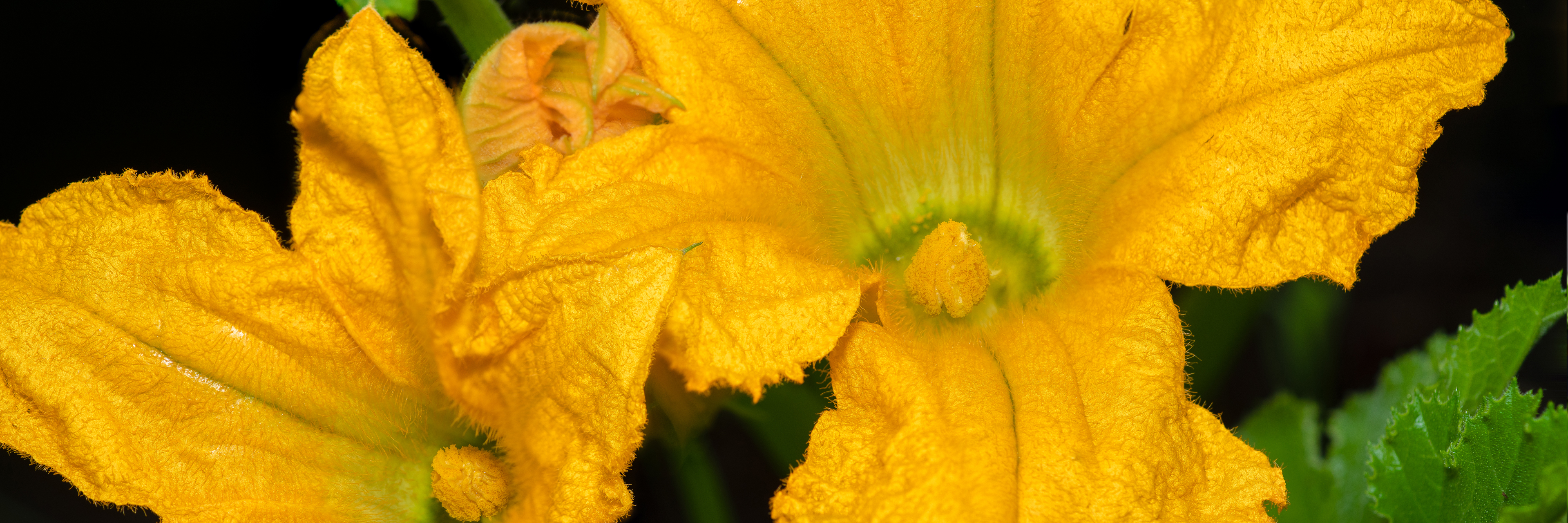
Mexican Squash Blossoms
Pennsylvania is now home to many flourishing Mexican and Central American communities. They are adding their own flavor to the culinary scene and farming culture. They are having a major impact on the culinary scene and farming culture. In Philadelphia, Cristina Martinez of South Philly Barbacoa is calling attention to the delicious attributes of heirloom corn from her home country. The tortillas at her James Beard Award winning taqueria are made using corn grown in Pennsylvania but with origins south of the border. A new organization, The Masa Cooperative, is spearheading this work. In addition to corn, Mexican herbs, melons, and peppers are making their way into the ground in PA. Happy Cat sells a variety of Mexican squash that is specifically designed to throw off tons of the delicious blossoms, perfect in a quesadilla or stuffed and fried. Let these edible flowers bloom.
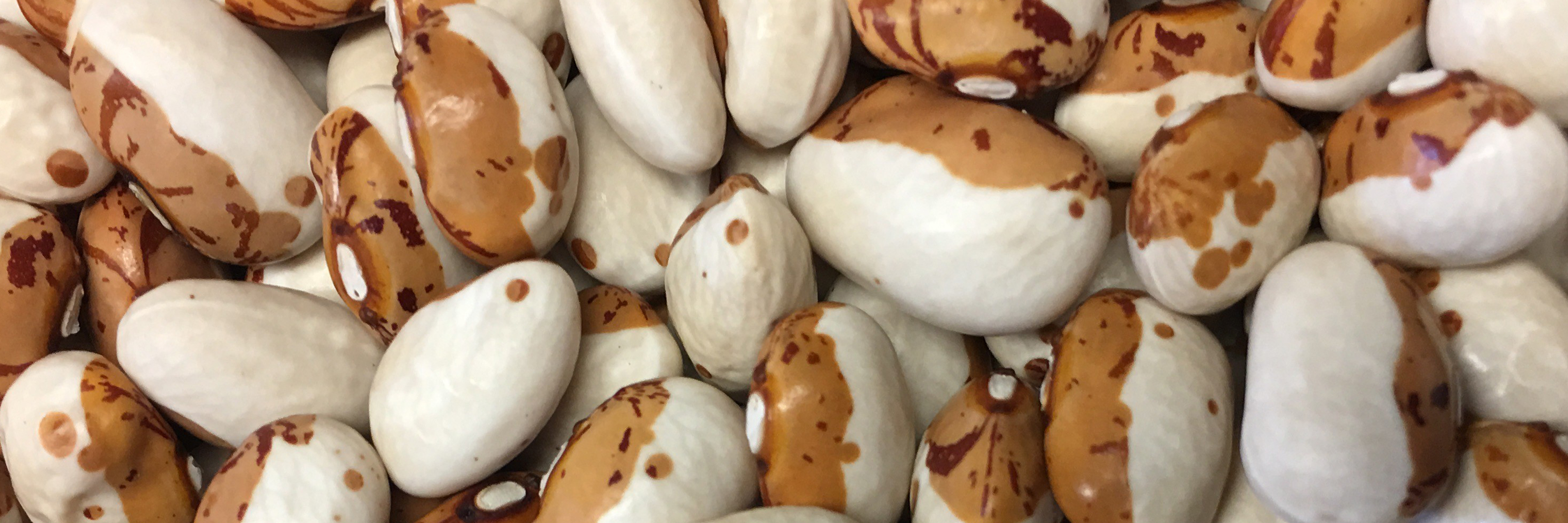
Mostoller Wild Goose Bean
OK, not all heirlooms reflect a storied history — some just have a great story. For example, this quirky bean which was discovered in the craw of a wild goose shot near Bedford in 1884. Not only do these pole beans have a serendipitous provenance, they also have a distinctive pinto pattern, with a striking contrast of white and orange. This variety is available via the Landis Valley Museum Heirloom Seed Project.

